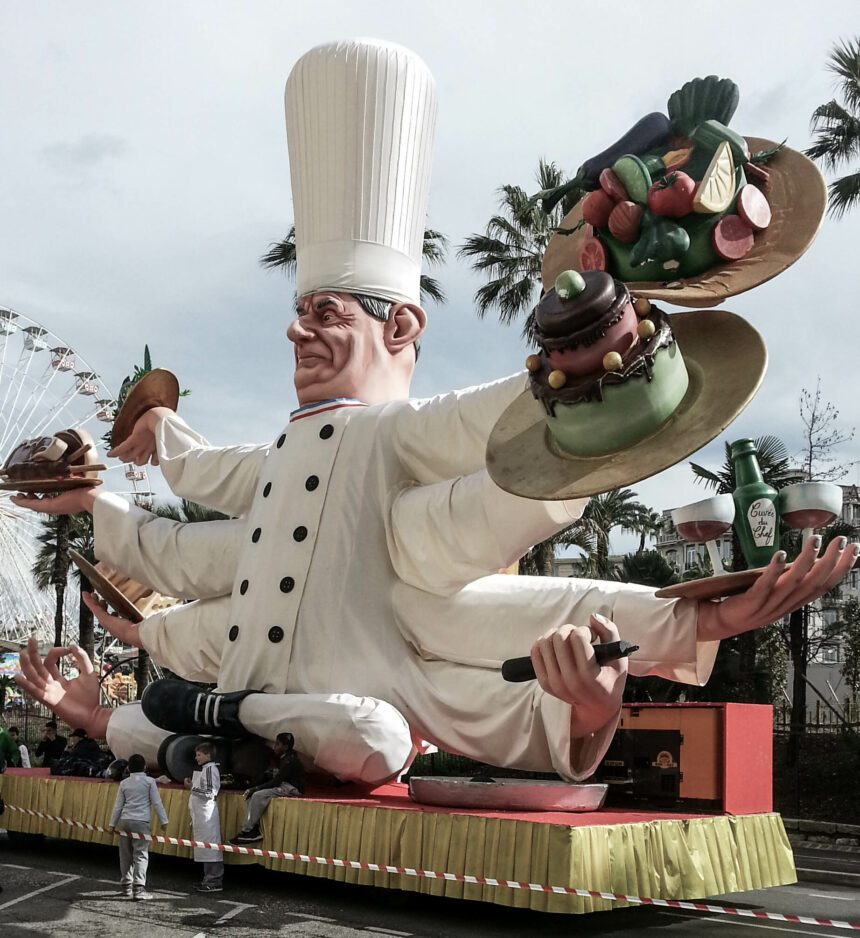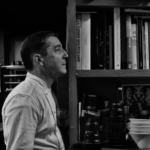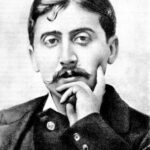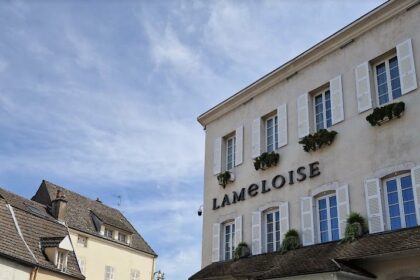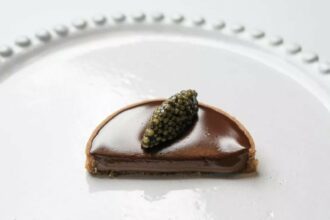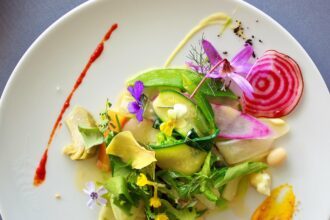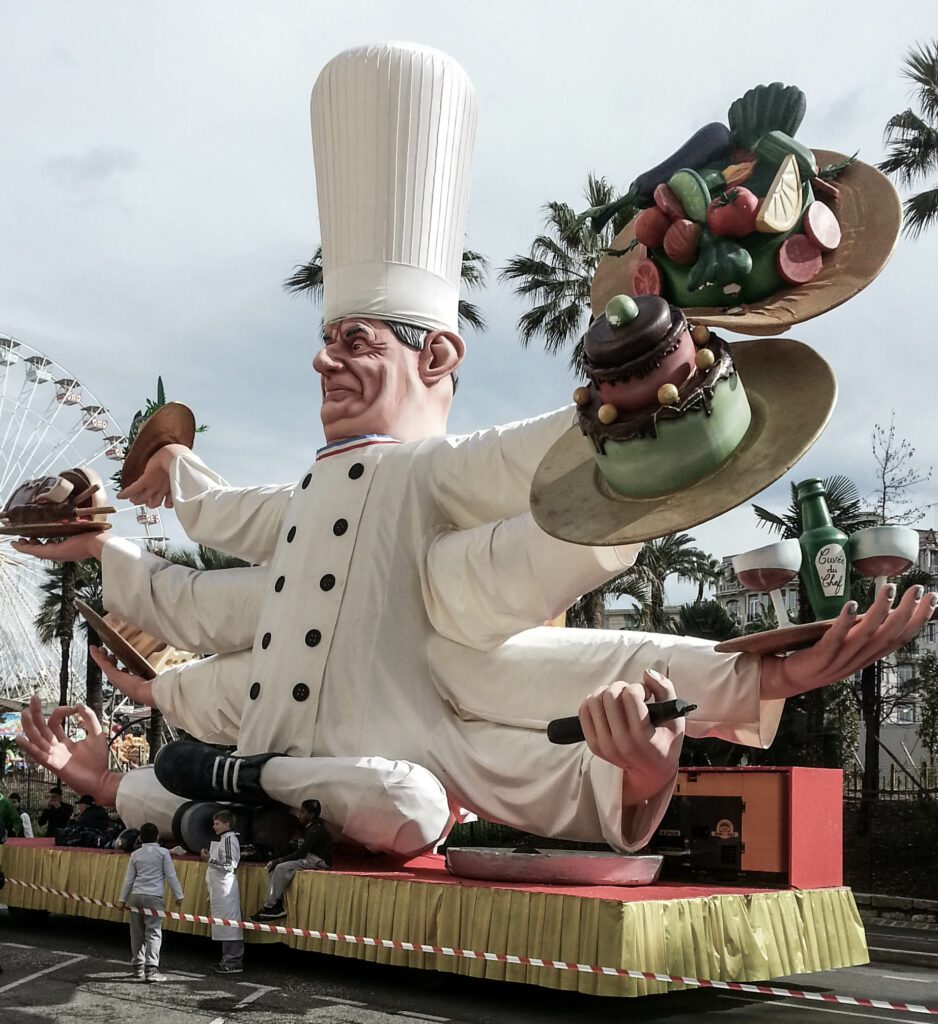
When a living legend is no longer living, the air immediately after the demise is filled with no shortage of eulogies, remembrances, idolatries, and platitudes. Never is heard an oft-told discouraging word until someone writes an unauthorized biography of the subject in question. The loss of Paul Bocuse, while waiting for such a biography, is no exception. As I have a gastronomically-oriented Facebook feed, nearly half of the posts I received on January 20 were chefs’ tributes to Bocuse or obituaries from publications throughout the world.
Giving a lot of thought to the task, I was hard-put to find a reasonable comparison of someone in another creative field I could compare to Bocuse’s stature. In jazz music I thought of Louis Armstrong who, after his immortal recordings in the 1920s, became an ambassador for jazz around the world, as were Duke Ellington and Dizzy Gillespie. Luciano Pavarotti had a Bocuse-like impact in the world of grand opera. Salvatore Dali also came to mind since after painting such surrealist masterpieces as “The Persistence of Memory”, which was his “Soupe de Truffes VDG”, so to speak, he ended up, not unlike Bocuse; less a profound artist than a one-man print-making factory turning out 2000 print creations (many of which were counterfeited ) for otherwise-uncultured buyers who wanted to let their friends think they were, at least, somewhat cultured. For sure what Bocuse, Dali and Pavarotti shared was an outsized personality who represented a field that a vast majority of those attracted to them knew little about. Still, comparing Bocuse to cultural icons is flawed because Bocuse was the first culinary figure to become just that. For those possessing some knowledge of gastronomic history as it pertains to France, the cradle of haute-cuisine, Bocuse is the latest in a line of immortal chefs dating back to Taillevent (1310-1385); Marie-Antoine Carême (1784-1833); Brillat-Savarin (1785-1826); Auguste Escoffier (1846-1935); and Fernand Point (1897-1955). But for those not versed in food history, Bocuse was the first to break through into the popular culture, not that popular culture as we know it existed until relatively recently.
The rudiments and major accomplishments of Bocuse’s life have been stated time and again in the scores of his obituary. That 1500 chefs all dressed in white came from everywhere to attend his funeral symbolizes how far-reaching his influence was. He was as well-known to the Japanese and Americans as he was to the French. With eight restaurants and brasseries, a foundation, a culinary and hotel institute of higher-learning and a legendary food hall named after him, in addition to the flagship restaurant and catering hall 7 km. outside in Collonges au Mont d’Or, Bocuse seemingly owned the city of Lyon.
Just before Bocuse, there were a few well-known chefs in France, the most prominent of which was Fernand Point whose Restaurant de la Pyramide in Vienne where Bocuse apprenticed for six years. Alexandre Dumaine’s restaurant La Côte d’Or in Saulieu was a revered stopover for people driving from Paris to the Côte d’Azur; and Raymond Oliver, one of the first TV chefs, lorded over Le Grand Vefour in Paris. Nonetheless, these were restaurants patronized by the well-heeled elite that including a sprinkling of well-to-do sophisticated Americans.
The subsequent social, economic and cultural circumstances that allowed Bocuse to come into unparalled prominence haute-cuisine dining in France is at least as interesting as the man himself. How this happened was a confluence of both culinary and extra-culinary factors beginning in the early 1960’s which saw an increasing awareness of the sophisticated glories of the French way of life, especially its wine, food, fashion and Nouvelle Vague cinema. 1961 was a turning point with the publication of Julia Child’s and Simone Beck’s Mastering the Art of French Cooking and the embracing of French cuisine in John F. Kennedy’s White House. While the elites could stuff themselves with French food crossing the Atlantic on one of the French Line ships, jet planes took over the trans-Atlantic journey providing a cheaper and faster way to get to France to enjoy the real thing. Yet, one shouldn’t overlook the emergence of fine dining in general. Newspapers, the New York Times in particular, began to recognize the restaurant and home-cooking universe, with the Times beginning weekly restaurant reviews in 1963. (For a detailed and entertaining exposition of key aspects of the early migration of food and wine from France to the USA, read Justin Spring’s recent book The Gourmand’s Way: Six Americans in Paris and the Birth of a New Gastronomy).
In France, the early 1960s continued what eventually become known as Les Trentes Glorieux, 30 years of strong and sustained economic growth between 1945 and 1975. Restaurant formation was one of its manifestations, and at that time a new generation of chefs would start to appear. The roots of what was to become known as La Nouvelle Cuisine Francaise and La Bande à Bocuse began in the late 1950s when Bocuse took over his family’s restaurant and Jean and Pierre Troisgros theirs. Yet, it was not until the late 1960s, and especially the 1970s, when French restaurant cuisine at its highest level could be found throughout the country, particularly from Paris to the south of France, which in turn created a few dozen or more “destination” restaurants visited by foreigners young and old, wealthy and middle-class. How Bocuse became and remained the overwhelming symbol of this is rather remarkable. He was eclipsed in culinary talent by nearly every chef in the Bande à Bocuse. While journalists make light of the 53 straight years of three-stardom, knowledgeable people who have dined at his flagship restaurant have for years judged it to be mediocre at best with only Guide Michelin’s unwillingness to downgrade it during Bocuse’s lifetime keeping the stars intact. Not surprising therefore, unlike Alain Chapel, the Troisgros family and Alain Ducasse is the relative lack of Bocuse-trained apprentices (particularly after the mid-1970s) who became chefs at the highest level. Because of who he was, these matters of connoisseurship never counted against him. While Bocuse in a business suit looked as though he could cash your check at the Credit Lyonnais or open your account at France Telecom, once he put on his white vest and covered his head with his higher-than-normal toque, he was like Charles de Gaulle wearing his kepi. (Not for nothing did people call Bocuse the “Emperor”). Bocuse also had what most chefs lack—a sense of humor and the theatrical that gave his restaurant. with its hyper-decorated façade, his name in lights and circus atmosphere, a sense of entertainment, gaiety and frivolity unlike any other. His personality was so outsized that whatever was dark or mysterious about him bothered just about no one. So diminished now in high-end restaurants is a joie-de-vivre that one can confidently say that we will never see Bocuses’s like again.
